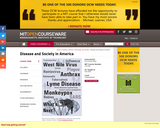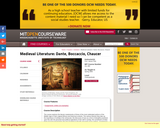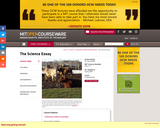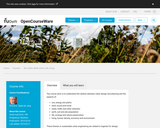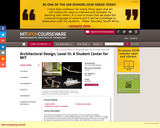
" This studio will investigate the social, programmatic, tectonic and phenomenological performance and character of a student gathering place on the MIT campus. Whether it is simply for socializing or for more specific events, the student gathering place will serve as a refuge from the vigorous educational environment of the Institute, and it will reinforce a critical sense of "place" through the almost logical organization of its program. The place will foster a casual discovery of "being": a reflection upon the student's own existence based upon participation in group events and an intellectual attitude toward acting. To create a space that inspires, rather than imposes: such a discovery is the foremost challenge of this studio."
- Subject:
- Applied Science
- Architecture and Design
- Material Type:
- Full Course
- Provider:
- M.I.T.
- Provider Set:
- M.I.T. OpenCourseWare
- Author:
- Domeyko, Fernando
- Date Added:
- 01/01/2004





